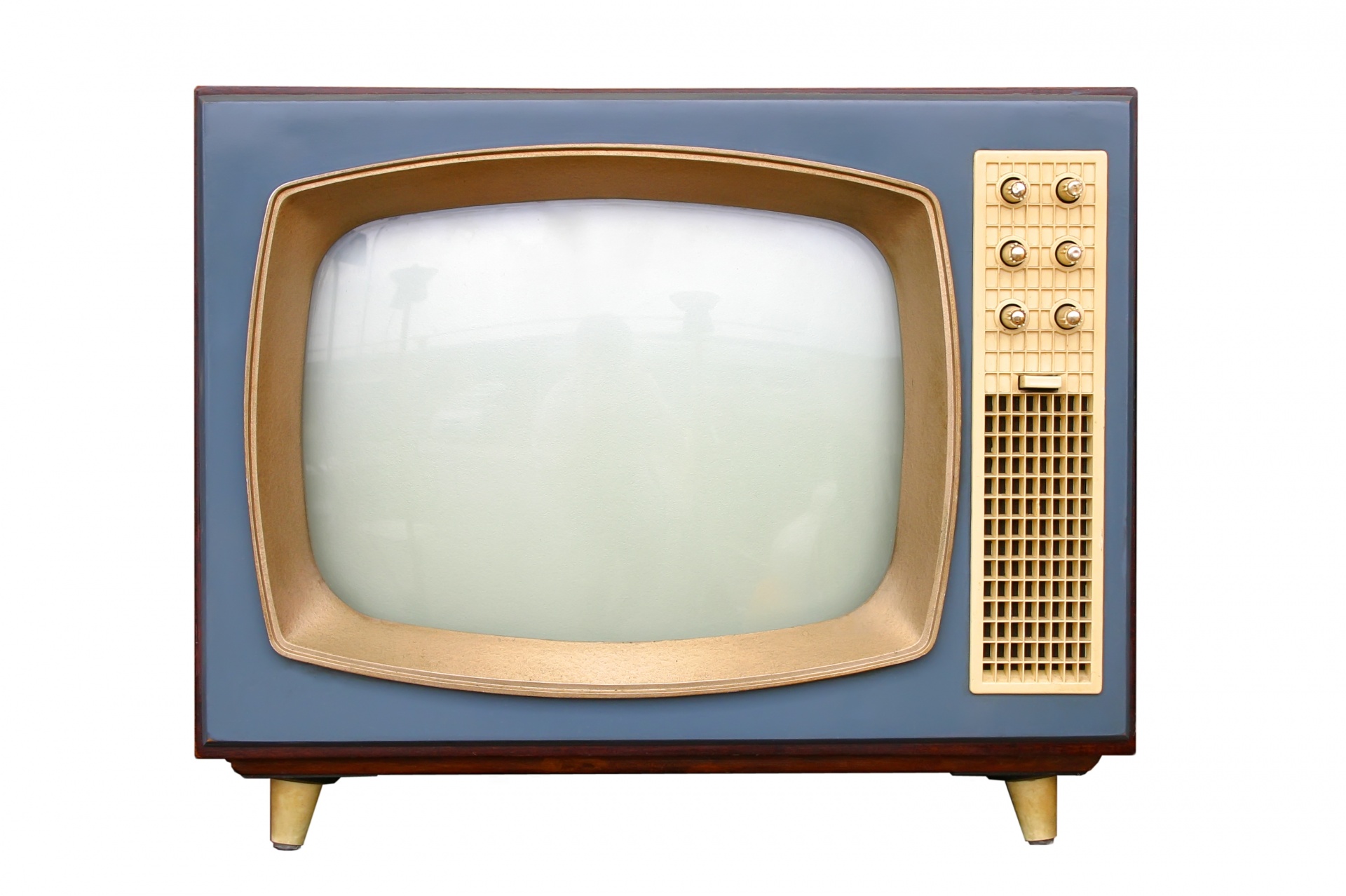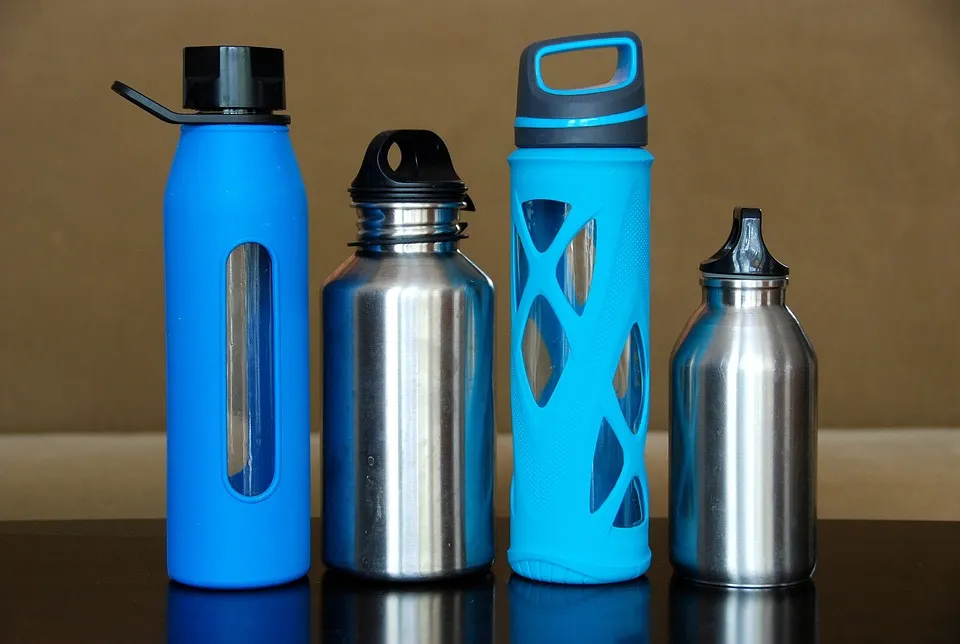Mastering Color Theory: How to Choose Complementary Colors for Your Light Blue Projects
If you`re a handy man who loves fixing things up, you know that choosing the right color scheme can make all the difference in your projects. Light blue is a popular and versatile color that can work in a variety of settings, from interiors to branding.
But how do you choose the right colors to go with light blue? That`s where color theory and complementary colors come into play. In this article, we`ll explore the basics of color theory and show you how to create beautiful light blue color combinations for interiors, wardrobes, and branding.
So whether you`re looking to create a soothing, relaxing space or make a bold statement with your fashion choices, keep reading to learn how to incorporate light blue in unique ways.

Understanding color theory and complementary colors.
Understanding color theory and complementary colors is an essential skill for any handyman who wants to create visually appealing designs. When it comes to light blue, there are several colors that complement it well.
Complementary colors are those that sit opposite each other on the color wheel. For light blue, the complementary color is orange. This means that if you want a design with a pop of contrast, adding a touch of orange will do just that.
But what about other complementing colors? Well, analogous colors sit next to each other on the color wheel and can also be used to create harmonious designs with light blue. Colors like pale green or lavender would work well in this scenario.
Another technique is triadic harmony – using three hues evenly spaced around the wheel for balance within your design – which includes red and yellow as additional accent shades when paired with light blue in various ratios.
In conclusion, understanding color theory goes beyond simply pairing up two contrasting shades but exploring different combinations can bring life into even mundane-looking projects or spaces!
Exploring light-blue color combinations in interior design.
If you’re a handy man with an eye for interior design, exploring light blue color combinations in your home can be a game changer. This serene and calming hue pairs well with a range of colors, creating endless possibilities for designing the perfect living space.
One great way to incorporate light blue into your home is through accent walls or furniture pieces. Pairing it with bold colors like red or yellow can create an energetic atmosphere, while softer hues like beige or gray will enhance the tranquility of this shade.
Another option is to use different shades of blue together in one room. Pairing light blue walls with navy accents creates depth and interest without being too overwhelming. Or try pairing pastel blues together for a dreamy and ethereal aesthetic.
For those looking to add some warmth to their light blue color scheme, consider incorporating natural materials like wood or rattan furniture pieces that have warm undertones. This will help balance out the coolness of the shade while adding texture and dimension to your space.
Overall, exploring different color combinations when working with light blue can lead to stunning results in any interior design project – whether you’re redecorating just one room or renovating your entire home!
How do you choose the right color palette for your space with light blue?
Choosing the right color palette for your space can be a daunting task, especially when it comes to working with light blue. However, with some guidance and a bit of creativity, you can easily create an appealing and harmonious look that will complement your personal style.
Before diving into the world of color combinations, it is important to consider the mood and atmosphere you want to achieve in your space. Light blue is known for its calming effect on the mind and body, making it ideal for spaces where relaxation is key such as bedrooms or living rooms.
When selecting complementary colors that go well with light blue walls or furniture pieces, neutral shades like beige or gray are always safe bets. These hues work well together because they balance each other out without overpowering one another.
For those who prefer bold statements in their decor choices but still want to incorporate light blue into their design scheme should consider pairing this soft hue with contrasting brights like yellow or orange. This creates an eye-catching contrast while maintaining a cohesive look overall.
Another option could be going monochromatic by using different shades of blues throughout your space – from dark navy accents all the way down to pale sky blues – creating depth while keeping everything within one unified tone family.
In conclusion, choosing colors that go well with light blue requires careful consideration based on personal preferences and desired mood setting outcomes. By experimenting with different hues in small doses before committing large-scale changes (like painting entire walls), you’ll find what works best for both functionality and style-wise appeal!
Incorporating light blue into your wardrobe and fashion choices.
Incorporating light blue into your wardrobe and fashion choices can be a great way to add a fresh, calming touch to your style. Whether you’re looking for a pop of color or want to create an entire outfit around this versatile shade, there are plenty of ways to make it work.
Firstly, consider pairing light blue with neutral shades such as white or beige for a classic look. This combination is perfect for any occasion and will never go out of style.
For those who love bold statements, try mixing light blue with bright colors like yellow or pink. This unconventional pairing creates an eye-catching contrast that is sure to turn heads.
If you prefer more subtle looks, incorporate small touches of light blue through accessories like scarves or jewelry. These accents can tie together an outfit without overpowering the rest of your ensemble.
When choosing fabrics that complement this color scheme, opt for materials that have texture and depth such as denim or suede. Additionally, incorporating prints like stripes or polka dots in varying shades can add interest and dimensionality.
Overall incorporating light blue into your wardrobe offers endless possibilities when it comes to personalizing one’s style; whether dressing up formal wear at special events 0r adding practicality in everyday attire – the creative fashionista inside us all should embrace the versatility offered by this beautiful hue!
Using light blue in branding and graphic design.
If you’re a handy man who is good at fixing things, you know that branding and graphic design might not be your forte. However, choosing the right colors can make a big difference in how your business is perceived by potential clients. Light blue is one color that should definitely be on your radar.
Light blue evokes feelings of calmness and serenity, which can help create a sense of trust with potential clients. This color also has strong connections to cleanliness and purity – just think about how often light blue is used in medical settings or cleaning products.
But don’t worry if you’re not sure how to incorporate light blue into your branding or graphic design. There are many ways this color can work for you – from using it as an accent against white or gray backgrounds, to pairing it with complementary shades like navy or soft pink.
One way to incorporate light blue into branding materials could be through the use of subtle gradients or watercolor textures. These techniques add depth and interest while still maintaining the calming qualities associated with the color.
Another option would be utilizing light blue as part of a visual metaphor within logos and icons for companies providing services related to water such as plumbers, pool maintenance providers etc..
At the end of day no matter what shade(s) surrounding it may take on; Light Blue will always remain an effective choice when creating any type of brand identity due its connotations associated around trustworthiness & purity- qualities valued highly among customers today!
Conclusion
As you can see, light blue is a versatile color that can be used in many different applications. With the right palette of complementary colors and just a little bit of creativity, you too can incorporate light blue into your space or wardrobe to create something truly unique! Go ahead – give it a try and let us know how it turns out!









